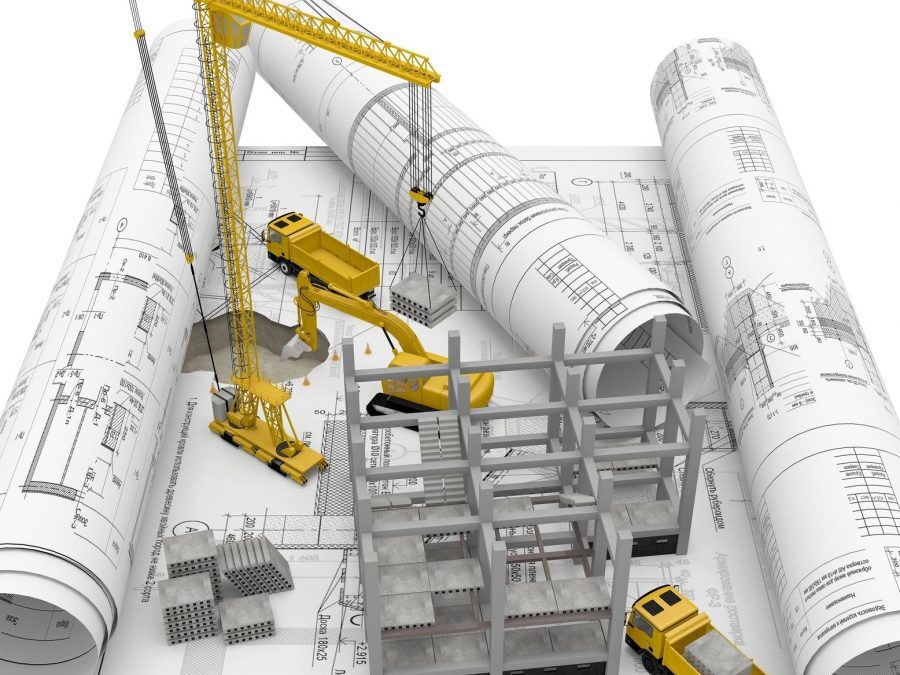1. Streamlined Process
One of the primary advantages of the design-build approach is its streamlined process. Unlike traditional methods that separate design and construction phases, design-build combines them under a single contract. This integration not only simplifies the overall process but also minimizes the risk of miscommunication. The project moves smoothly from conception through completion without the delays typically caused by the back-and-forth between separate designer and contractor teams
2. Cost Savings
Cost efficiency is a significant benefit of the design-build model. By integrating design and construction expertise early in the project, potential issues are identified and addressed before they escalate into costly changes. This proactive approach often results in lower overall project costs. Additionally, the design-build team can more effectively perform value engineering—analyzing project components to ensure you receive the best value for each dollar spent
3. Time Savings
Design-build projects are generally completed faster than traditional projects due to the elimination of bidding phases and redesigns. With one team handling all aspects of the project, decisions are made quickly, and work progresses without waiting for separate parts of the project to catch up. This can significantly reduce the project timeline, allowing you to benefit from faster project delivery
4. Improved Collaboration
A cohesive team working toward the same goal characterizes the design-build approach. This unity often results in innovation and creative problem-solving. With designers and builders on the same team, solutions are developed collaboratively, which can lead to more effective and innovative outcomes, enhancing the quality of the final product
5. Reduced Risk and Enhanced Quality
The design-build firm assumes responsibility for the entire project, reducing the owner’s risk. This single-source accountability means if an issue arises, the design-build team is obligated to resolve it, not the owner. Furthermore, the integrated team’s deep involvement from start to finish often leads to higher quality results because the details are managed by the same group throughout the process
6. Greater Owner Control
Despite common misconceptions, design-build can offer the owner more control over the project. With direct communications and a single point of responsibility, the owner can make informed decisions quickly, affecting the project’s outcome more directly and positively. This hands-on involvement ensures that the project aligns closely with the owner’s vision and requirements
7. Reduced Administrative Burden
Owners typically face less administrative burden in a design-build project because they deal with only one contract rather than multiple bids and contracts. This streamlined administration not only saves time but also reduces the overhead costs associated with managing numerous contracts and ensuring all parties are aligned
Wrapping Up
The design-build method of construction offers a multitude of benefits that can lead to a more successful project overall. These advantages include cost and time efficiencies, improved quality, and a smoother, more collaborative process. As more organizations recognize these benefits, the popularity of design-build continues to grow, making it a preferred method for various construction projects.


